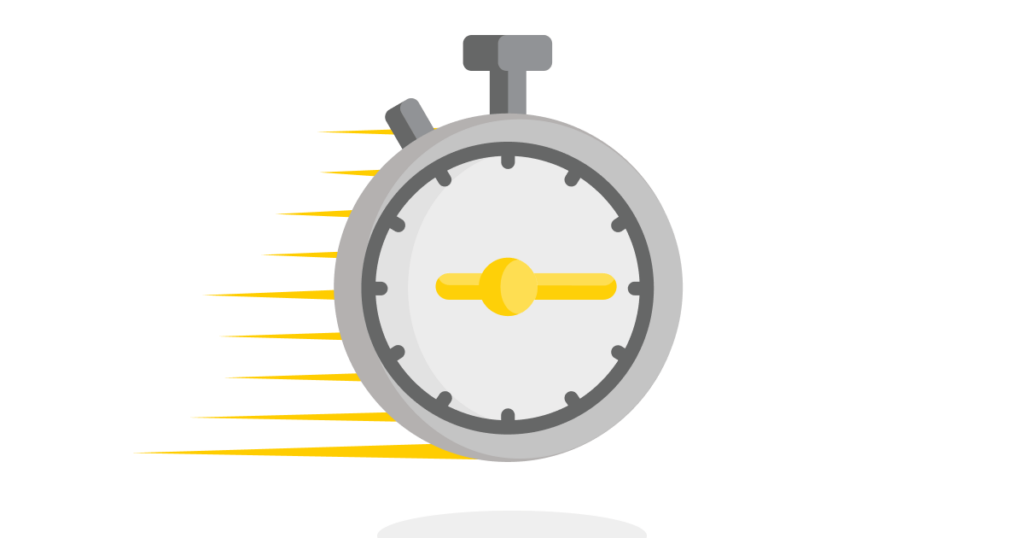If you’ve ever wondered why your TallyMoney account doesn’t pay interest, you’re not alone. It’s one of the most searched-for questions on our site, and the answer might surprise you (in a good way).
We’re used to the idea that interest is a benefit. After all, earning something, even a tiny bit, from our bank savings seems like a good deal. But what if we told you that interest isn’t quite the win it’s made out to be, and that there’s a smarter, safer way to protect your money?
This blog breaks it down – clearly, simply, and without jargon. Let’s look at why your Tally account doesn’t pay interest, and why that’s actually a strength, not a shortfall.
What Is Interest, And Why Do Banks Offer It?
At its core, interest is the price of money.
When you borrow money – say, through a mortgage or credit card – the lender charges you interest. But when you deposit money into a savings account, the bank pays you interest. It seems like the reverse, but it’s actually part of the same cycle.
Here’s the key thing: when you give money to a bank, you’re not storing it. You’re lending it to them.
You become what’s known as an unsecured creditor, essentially, the bank borrows your money. It uses it to fund loans for other customers, whether that’s mortgages, car finance or personal loans. You earn a small amount of interest on your savings, but the bank earns a significantly higher amount by lending it out.
The result? They profit from your money, while you take on quiet, hidden risks.
The Bank of England Base Rate and How It Affects You
Living in the UK, you’ve likely heard news updates about the Bank of England’s base rate going up… or down… or being held steady for the sixth time in a row. It’s one of those financial terms that pops up regularly, but what exactly is it, and why should you care?
The base rate is set by the Bank of England’s Monetary Policy Committee and is used as the benchmark for the cost of borrowing across the country. It’s the rate at which commercial banks borrow money from the central bank, and as of August 2025, it stands at 4.25%.
This base rate plays a direct role in what banks offer you:
- When the base rate rises, banks often raise their savings rates too, but not always by the full amount.
- When it falls, banks quickly reduce savings rates.
But here’s the important bit: banks rarely pass on the full benefit to savers. Even when the base rate is high, savings accounts often lag behind, especially once inflation is factored in.
And even a decent interest rate might not actually be helping you.
For example:
- A savings account might offer 4% interest.
- But if inflation is running at 5% or more, your money is still losing value in real terms.
According to MoneySavingExpert, the money you hold in a bank is technically a loan to the bank. If it fails, you’re only covered up to £85,000 per banking licence under the Financial Services Compensation Scheme (FSCS).
So, while interest may seem like a bonus, it’s often just a trade-off, you’re giving up control and accepting risk for a reward that often doesn’t even outpace inflation.
What Happens With Your Money At Tally?
Tally doesn’t follow the traditional script. We’re not a bank, and we don’t lend your money out.
When you transfer pounds into your TallyMoney account, those funds are used immediately to buy real, physical gold, sourced from LBMA-accredited providers. That gold is then vaulted in Switzerland and 100% owned by you.
Instead of your money being loaned to someone else (like it would be in a bank), it’s converted into gold and stored securely in your name.
- No middlemen.
- No leveraging.
- No lending.
Your account displays your balance in milligrams of gold, referred to as “tally”. And because you own the asset directly, there’s no interest paid, because there’s no loan involved.
Why No Interest = No Compromise
Let’s be honest, bank interest rates are still painfully low for savers. Even in times of higher interest rates, inflation often cancels out any gains.
With Tally, there’s no promise of interest, because the focus is on preserving your value, not giving you the illusion of a return. You’re holding a physical asset that has historically outpaced inflation across decades.
Gold has been used as a form of money for thousands of years for a reason. While prices fluctuate in the short term, gold has consistently proven to hold its value over the long run.
What About Gold And Interest Rates?
Gold and Interest Rates: Understanding the Dance
Generally speaking:
- When interest rates fall, gold prices tend to rise
- When interest rates rise, gold prices often soften – but not always
This happens because higher rates make bonds and savings accounts pay more interest, drawing money away from gold. But here’s the important bit: gold often holds its ground even when rates climb, especially during high inflation or global uncertainty.
The key is looking at real interest rates (what you earn after inflation). When inflation is 5% and your savings account pays 2%, you’re actually losing 3% in purchasing power. Gold protects against this erosion—it doesn’t lose value just because central banks change their policies.
In the UK, real interest rates (interest – inflation) have been negative more often than positive over the last decade, which means you’re going backwards financially. During these periods, gold has proven its worth as a hedge against inflation and currency devaluation.
So whilst interest rates do influence gold prices, they’re only part of the story. Gold’s strength comes from its ability to preserve wealth when traditional savings struggle—making it valuable regardless of where rates are heading.
A Different Way to Save
If you’re someone who:
- Wants clear value protection, not complex financial products
- Is tired of earning interest that doesn’t even beat inflation
- Wants a simple, real-world alternative to traditional banks
Then Tally could be a refreshing shift.
There’s no interest on a Tally account because there’s no lending and no debt. Your money is stored in real, allocated gold, a time-tested way to hold value without relying on banks, base rates, or balance sheets.
It’s modern money, without the middleman.








